Specifications
| book-author | Thomas A Moore |
|---|---|
| file-type | |
| isbn10 | 0077600959 |
| isbn13 | 978-0077600952 |
| language | English |
| publisher | McGraw Hill |
Book Description
**”Six Ideas That Shaped Physics: Unit R – Laws of Physics are Frame-Independent” (3rd Edition)** by Thomas A. Moore is a thought-provoking textbook designed to introduce students to the fundamental concepts of physics through a unique, conceptual approach. This volume, part of a six-unit series, focuses on the idea that the laws of physics do not depend on the frame of reference, a principle central to understanding relativity.
### **Key Features and Content Overview:**
#### **1. Frame-Independence and Relativity**
– **Core Concept:** The textbook explores the concept that the laws of physics are frame-independent, meaning they hold true regardless of the observer's state of motion. This principle is fundamental to the theory of relativity and modern physics.
– **Introduction to Relativity:** Provides an accessible introduction to Einstein's theory of relativity, explaining how space and time are interconnected and how this affects our understanding of motion and reference frames.
#### **2. Foundations of Frame-Independent Physics**
– **Historical Context:** Offers a historical overview of the development of relativity theory, highlighting the contributions of key physicists and the experiments that led to the acceptance of frame-independence as a cornerstone of physics.
– **Einstein's Postulates:** Introduces Einstein's two postulates of special relativity: the principle of relativity (laws of physics are the same in all inertial frames) and the constancy of the speed of light in a vacuum for all observers.
#### **3. Mathematical Framework**
– **Coordinate Transformations:** Explains the mathematical tools used to describe changes in reference frames, including Lorentz transformations, which relate the coordinates of events as seen in different inertial frames.
– **Time Dilation and Length Contraction:** Delivers a thorough exploration of time dilation and length contraction, two of the most intriguing and non-intuitive consequences of special relativity. The text presents these ideas with both qualitative explanations and quantitative analysis.
#### **4. Energy and Momentum in Relativity**
– **Relativistic Mechanics:** Discusses how concepts of energy and momentum are modified under the framework of relativity. This section introduces students to the idea of relativistic mass and the famous equation \(E = mc^2\), which links mass and energy.
– **Conservation Laws:** Covers the conservation of energy and momentum in relativistic contexts, demonstrating how these fundamental principles remain consistent even when considering objects moving at speeds close to the speed of light.
#### **5. Thought Experiments and Conceptual Understanding**
– **Illustrative Thought Experiments:** The textbook employs a variety of thought experiments to challenge students’ preconceptions and deepen their understanding of frame-independence. These exercises are designed to stimulate critical thinking and help students internalize complex ideas.
– **Conceptual Questions and Problems:** Provides numerous conceptual questions and end-of-chapter problems that encourage students to apply their knowledge and think critically about the principles of frame-independence and relativity.
#### **6. Modern Applications and Implications**
– **Implications for Modern Physics:** Explores the broader implications of relativity for modern physics, including its role in understanding black holes, the Big Bang, and the expansion of the universe.
– **Technological Applications:** Discusses how principles of relativity are applied in modern technology, such as in the Global Positioning System (GPS), which requires adjustments for relativistic time dilation to maintain accuracy.
#### **7. Pedagogical Approach and Resources**
– **Active Learning Approach:** The textbook emphasizes an active learning approach, encouraging students to engage directly with the material through guided inquiry, group discussions, and hands-on activities.
– **Supplementary Resources:** Includes a range of supplementary resources such as interactive simulations, online tutorials, and instructor guides to support both teaching and learning.
#### **8. Visual Aids and Diagrams**
– **Detailed Illustrations:** Features detailed diagrams and visual aids that help students visualize abstract concepts, such as spacetime diagrams that illustrate events from different reference frames.
– **Step-by-Step Derivations:** Provides step-by-step derivations of key equations and concepts, making the material more accessible to students who may be new to the study of relativity.
#### **9. Review and Assessment Tools**
– **Chapter Summaries:** Each chapter concludes with a summary of key points, allowing students to review and consolidate their understanding of the material.
– **Assessment Questions:** Includes a variety of assessment questions and practice problems that range in difficulty, helping students test their comprehension and apply what they have learned.
**”Six Ideas That Shaped Physics: Unit R – Laws of Physics are Frame-Independent” (3rd Edition)** is an invaluable resource for students studying physics. With its clear explanations, engaging approach, and emphasis on conceptual understanding, this textbook helps students grasp the revolutionary ideas that underpin modern physics and appreciate the elegance and consistency of the laws that govern the universe.

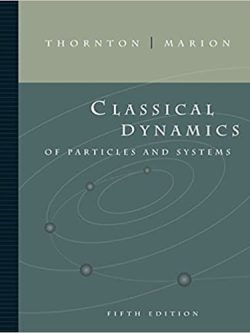
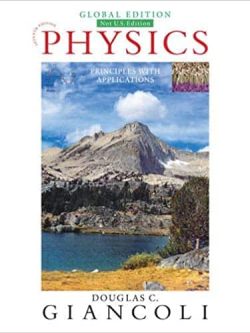
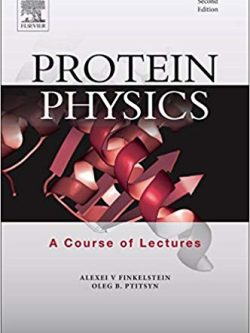
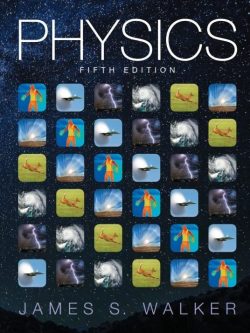

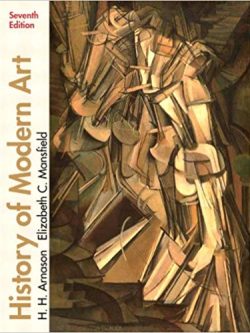
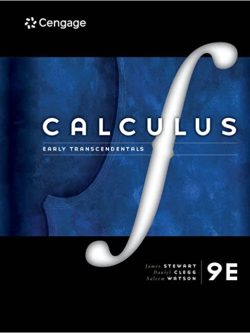
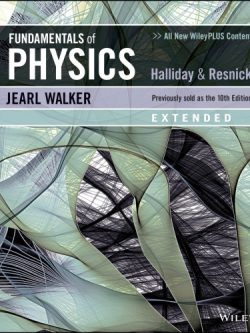
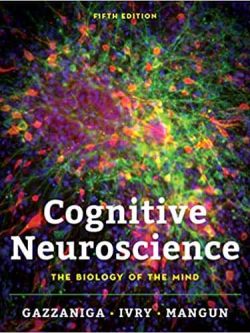
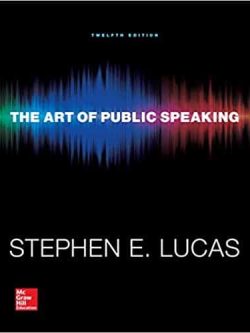

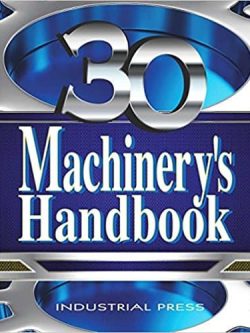
Reviews
There are no reviews yet.